How a Neptune-sized planet will be destroyed by a star, NASA explains
This Neptune-sized planet around a bright A-type star, would be rapidly stripped of its gas. Scientists revealed the reasons.

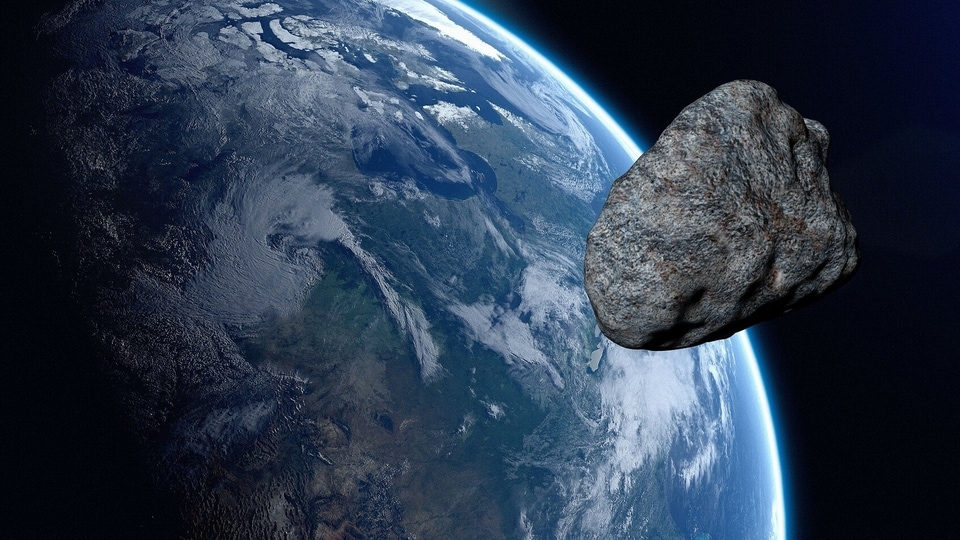
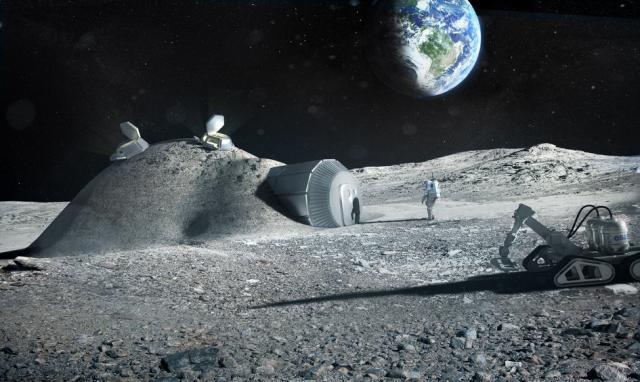

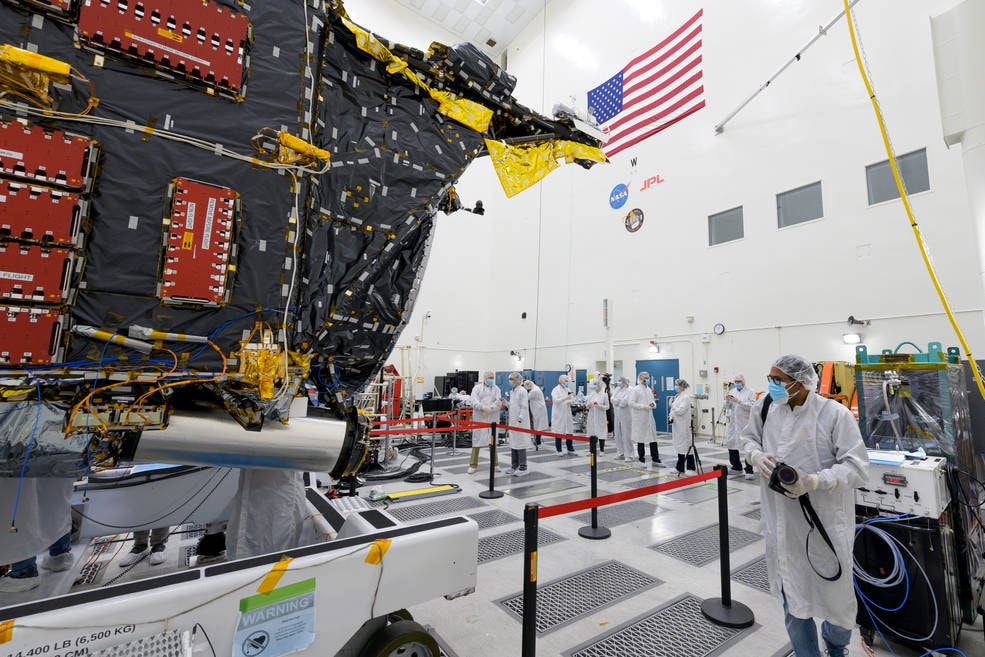
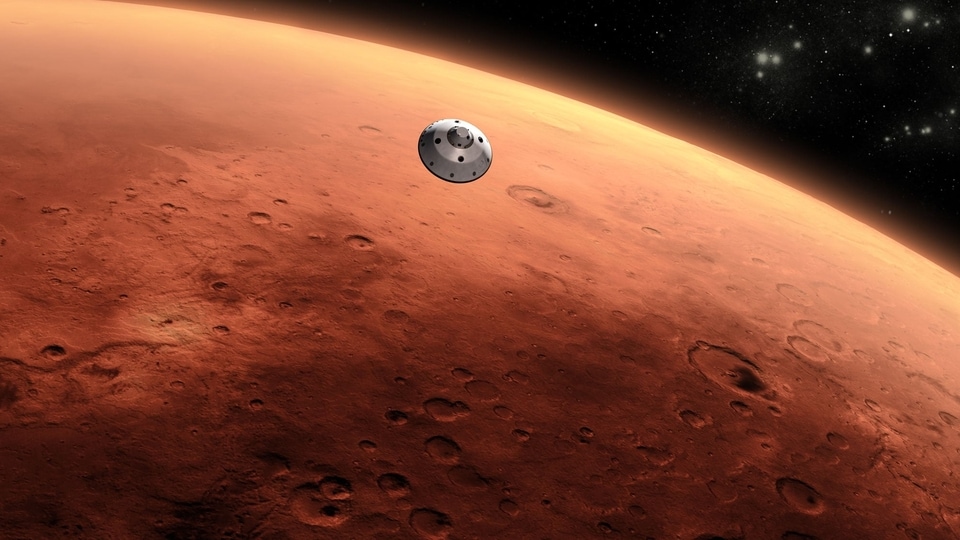
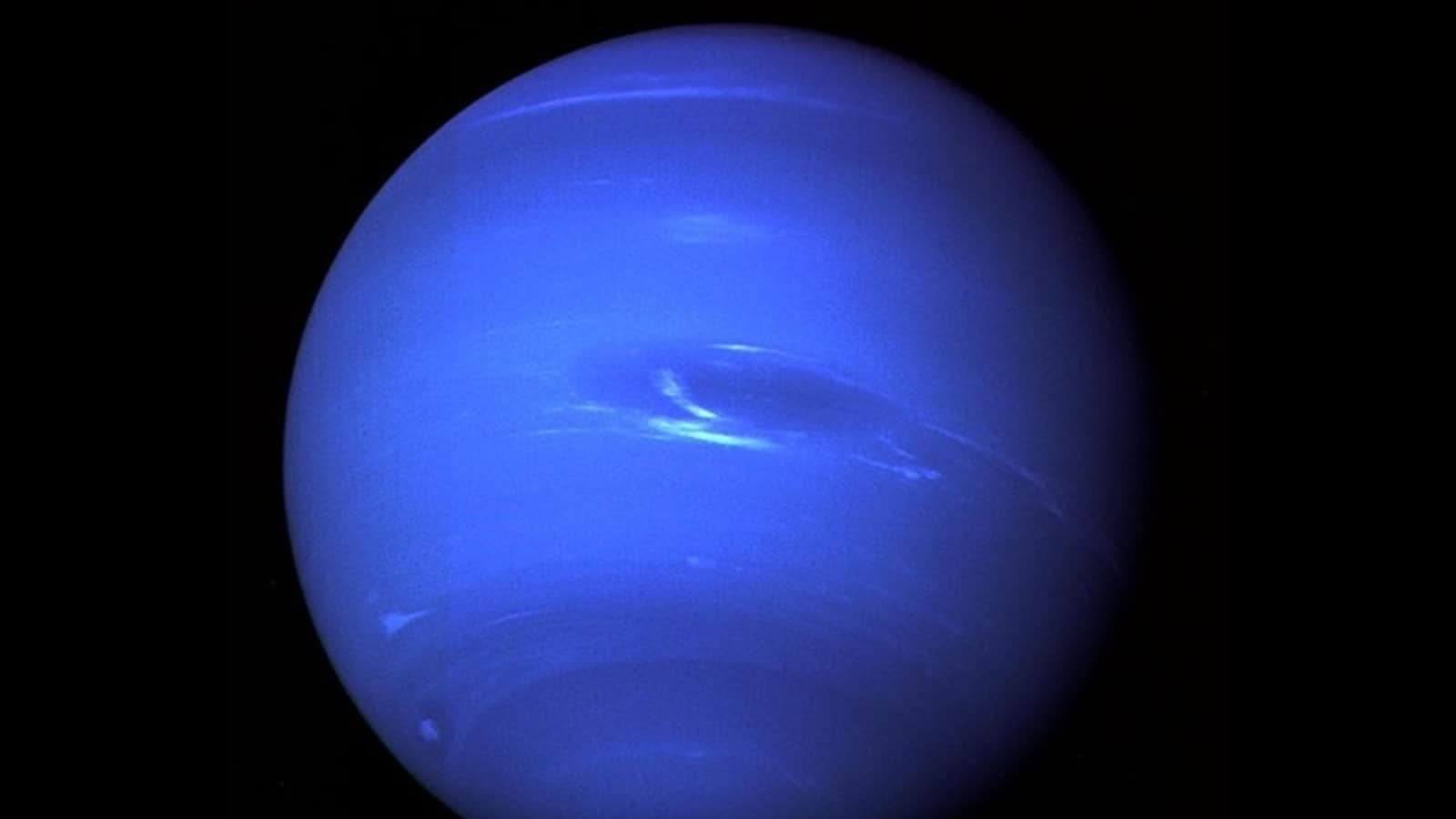
 View all Images
View all ImagesAstronomers are constantly on the lookout for exoplanets. So far, they have found thousands of them but, more than 99 percent of them orbit smaller stars. Only a few of these have been discovered to be orbiting around really big stars, like the A-type stars, that are bright blue stars twice the size of the Sun. Most of these observed exoplanets are almost as large as Jupiter. In the latest development, astronomers from the University of California, Berkeley have reported the discovery of a new Neptune-sized exoplanet, known as HD 56414 b. The new planet with a radius 3.7 times that of Earth, was detected by NASA's TESS mission.
The study revealed that it is orbiting around one of the giant A-type stars which will provide a hint about why only a few of such planets, smaller than Jupiter, have been revolving around the 1 percent of the brightest stars in our galaxy. This newly found planet has a longer orbital period unlike the other exoplanets discovered so far with short, rapid orbital periods around their stars.
Shockingly, the NASA report suggests that this Neptune-sized planet around a bright A-type star, would be rapidly stripped of its gas due to the harsh stellar radiation and would be condensed to an undetectable core.
"It's one of the smallest planets that we know of around these really massive stars. In fact, this is the hottest star we know of with a planet smaller than Jupiter. This planet's interesting first and foremost because these types of planets are really hard to find, and we're probably not going to find many like them in the foreseeable future," a phy.org report quoted Steven Giacalone, a UC Berkeley graduate student.
The discovery of this new Neptune-sized planet outside the zone where the planet would have been stripped of its gas indicates that A-type bright stars have several other unseen phases that are yet to be discovered. The researcher also suggests that the discovery of this planet also adds to the existing understanding of how planetary atmospheres evolve.
Catch all the Latest Tech News, Mobile News, Laptop News, Gaming news, Wearables News , How To News, also keep up with us on Whatsapp channel,Twitter, Facebook, Google News, and Instagram. For our latest videos, subscribe to our YouTube channel.





























